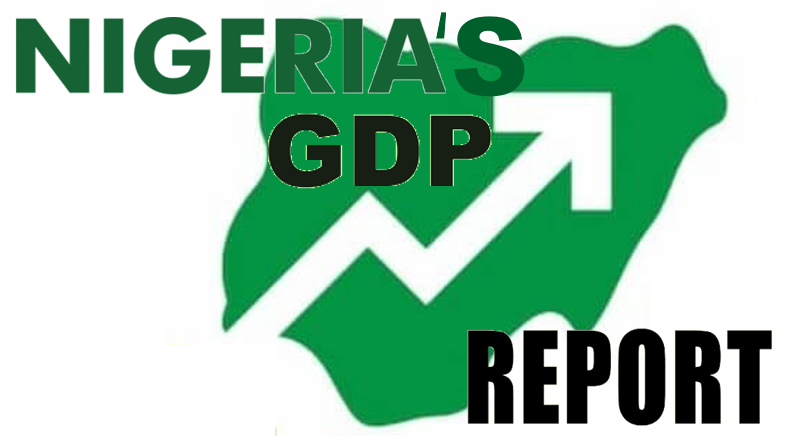Nigeria’s Q4 2022 GDP Report: The oil economy recorded negative growth
According to the National Bureau of Statistics’ (NBS) national accounts for Q4 ’22, GDP increased by 3.5% y/y as opposed to the 2.3% y/y figure for Q3 ’22. GDP increased by 3.1% y/y in FY ’22 as opposed to 3.9% y/y in FY 2021. Our FY ’22 forecast was 3.0%, which was 10bps lower. It increased by 10.9% quarter over quarter. The customary seasonal increase in demand is largely responsible for the acceleration of GDP growth. However the demand is still only mildly strong.
Oil was the fifth largest economic sector in Q4 of 22 after manufacturing, information & communications, trade, and agriculture, with a formal percentage of real GDP of 4.3%. Yet, the indirect oil economy is undoubtedly responsible for at least 40% of GDP thanks to its connections with other industries. The oil economy experienced negative growth, shrinking by -13.4% year over year in Q4 compared to -22.8% year over year in Q3. The oil industry experienced a decline of -19.2% y/y in FY ’22.
According to NBS data, average crude oil output in Q4 was 1.34 mbpd, up from 1.20 mbpd in Q3 and 1.50 mbpd in Q4 of 21. The FGN’s recent initiatives to combat crude oil theft and vandalism can be partially blamed for the little increase in crude oil production.
The non-oil economy expanded by 4.8% y/y in FY ’22 as opposed to the 4.4% y/y growth seen in FY 2021. In contrast, it increased by 4.4% y/y in Q4 alone as opposed to 4.3% y/y in the preceding quarter. Trade (4.5% y/y), agriculture (2.1% y/y), finance and insurance (11.6% y/y), telecommunications (11.2% y/y), and manufacturing (2.8% y/y) were the main drivers. These industries accounted for 32.2% of the GDP overall in the fourth quarter.
In Q4 of 2018, agriculture contributed 26.5% of the total GDP and experienced 2.1% year-over-year growth. The sector’s main driver, accounting for 90.8% of agriculture GDP, remained crop production. It grew by 2.4% y/y. We should also point out that the cattle and fishery sectors experienced respective declines of 1.6% and 3.0% year over year. The functioning of the sector was considerably impacted by severe floods in a few regions across the nation.
One of the industries with the fastest growth was still telecommunications. It had growth of 11.2% year over year and made up 13.5% of GDP in the fourth quarter.
The manufacturing sector expanded by 2.8% year over year in Q4 compared to a decline of -1.9% year over year in Q3 ’22. The industry as a whole had growth of 4.9% year over year, with the food and beverage category accounting for 49.3% of manufacturing GDP. The textile, garment, and footwear category, meanwhile, experienced a -1.2% y/y decline. Cement saw a 3.9% y/y increase.
In Q4 and into 2022, the finance and insurance sectors outperformed the market. Insurance, which made up 7.2% of the sector, gained by 2.2% y/y but fell by -10% q/q in the fourth quarter of 22.
The best indicator of economic activity nationwide is likely trade. It reported growth of 4.5% y/y in the fourth quarter compared to 5.1% y/y in the third quarter.
Going ahead, we estimate that the GDP will rise by 3.4% y/y in Q1 of 23. To read the full Q4 GDP report, click here. SOURCE: Coronation Merchant Bank




